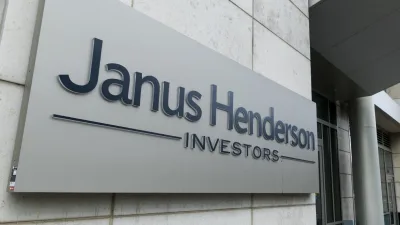van Eyk favours alternatives in asset allocation review



van Eyk Research has recently completed its annual strategic asset allocation (SAA) review, resulting in a similar allocation model to that it presented in 2008 in the early stages of the global financial crisis.
This is despite starting with a blank piece of paper and building the new structure from the ground up, according to van Eyk chief executive Mark Thomas.
The 2008 SAA was controversial at the time due to a high 20 per cent allocation to alternative strategies (including emerging markets and gold) and a reduced equities component, he said.
The new model features 28 per cent Australian equities, 17 per cent global equities, 20 per cent alternatives, 18 per cent fixed interest, 12 per cent listed property and infrastructure, and 5 per cent to cash.
The similarity between the two models is partly due to van Eyk's views that we will see continued long-term volatility, according to van Eyk head of research John O'Brien.
Alternative assets should continue to offer superior risk-adjusted returns over the next three to five years, although van Eyk will continue to maintain a healthy allocation to equities because they are attractively priced and offer tax advantages, O'Brien said.
Deleveraging is happening now, volatility is happening and will be ongoing, and although inflation hasn't really happened yet, it's likely that it will in the next few years, he said. Investing in alternative assets such as gold and other commodities will help offset this inflation risk, he added.
Recommended for you
Global asset manager Janus Henderson could be acquired after receiving a non-binding acquisition proposal jointly from a private investment firm and venture capital firm.
Investment manager Salter Brothers has partnered with private equity firm Kilara Capital to launch an Australian sustainable investment platform focusing on decarbonisation.
Fresh off launching three active ETFs to the Australian market, Avantis Investors is already planning to expand its range with two further products next year.
Ausbil is growing its active ETF range with an ESG product in collaboration with sister company Candriam.











